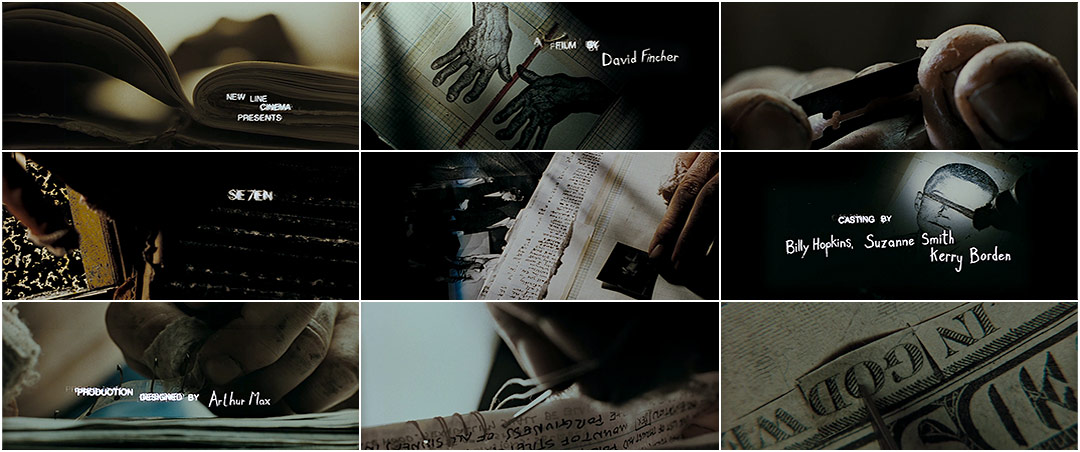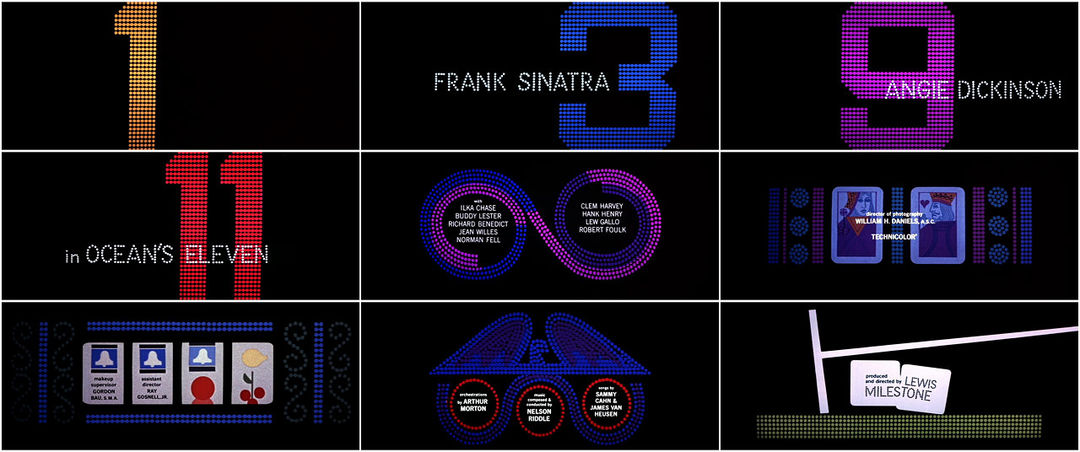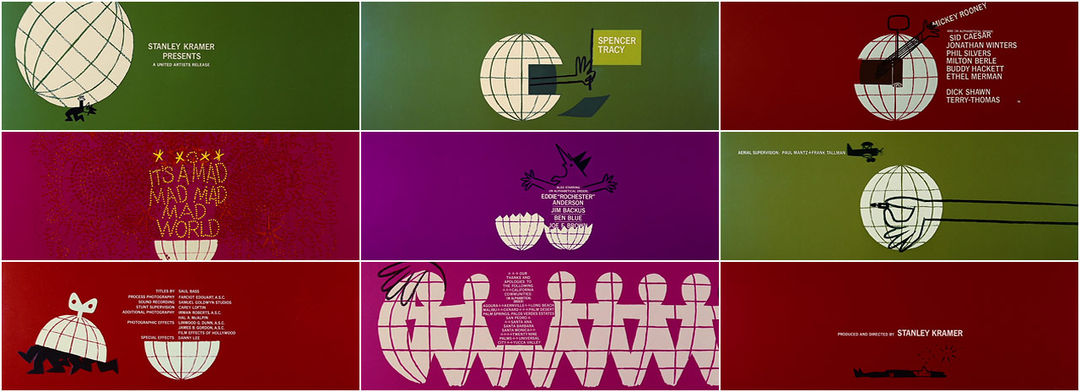David Fincher believes that it's as much about a good title sequences as it is the movie and that the titles should be engaging, in a character way, to help set the scene. Fincher likes to use the title sequence as a prologue. His films
Se7en and
The Game use this idea. The title sequence for
Se7en shows a man cutting his finger tips, Fincher says this is to to get you thinking "What is this weirdness? How does it get folded into the soufflé that will be this movie?" (- quote taken from
this interview). In basic terms the title sequence is the set up for the film and helps give you an inside character to reference for film.
Fincher also says in the interview that the originally planned title sequence lack the villain, John Doe, so Kyle Cooper (designer of the title sequence) came up with the idea to show someone creating evil. The lack of the villain did not give the audience a sense of what other characters were up against.
In the interview Fincher explains that when watch a movie and its title sequence he thinks "That was a scene in the film - that was written in the script - but it was used in a different way". He suggests that the title sequence may be too negative to be a scene within the movie and the ending would be more provocative without a climax of events.
The first scene of the title opens with a character shakily turning page of what we can presume to be an old book. We can presume this because it has yellow stained pages, crumpled edges and loose binding. The shaking of the character browsing the pages and mystery behind the age of the book connotes that evil is brewing and sets an uncomfortable tone. The music is very creepy and eerie and font is shaky revealing that the film is dark.
The following scene shows a drawing/picture of to scale hands. The hands are strangely deformed with broken fingers and prominent veins creating the idea of an evil plot.
This scene is followed by extreme close ups of tools creating. The audience is then shown another extreme close up. This shot shows shaving dead skin off his finger tips leaving the audience disturbed and uncomfortable. The extreme close ups at this point leave the audience intrigued as to who the characters is and what they are doing. The shaving of the skin could symbolise that the character is trying to destroy evidence off his hands for whatever crime he has previously encountered or preparing for. Through out the rest of the title sequence his finger tips are shown to have plasters on.
This character goes on to be cutting clippings of pictures and writing notes. In an extreme close up they are blacking out words within in a scientific article about pregnancy. In another extreme close up they black out words about sexuality, this is followed by the blacking out of the eyes of a boy, leaving the audience confused as to whether the boy is him or another boy that he has already captured or is planning to capture.The scene then flashes to the image completely blackened out confusing the audience more.
Scenes are then flashed up of the character making a scrap book and sewing together the pages of the book, which is obviously full of important information for the character, however the audience is still left oblivious. The scenes are captured in an extreme close up format leaving you on the edge of your seat hoping for information to be revealed. At this point the music has sped up and reveals that the sequence is coming to it's climax.
The opening titles suggest that the film is a thriller about the hunt for a psychotic killer.






